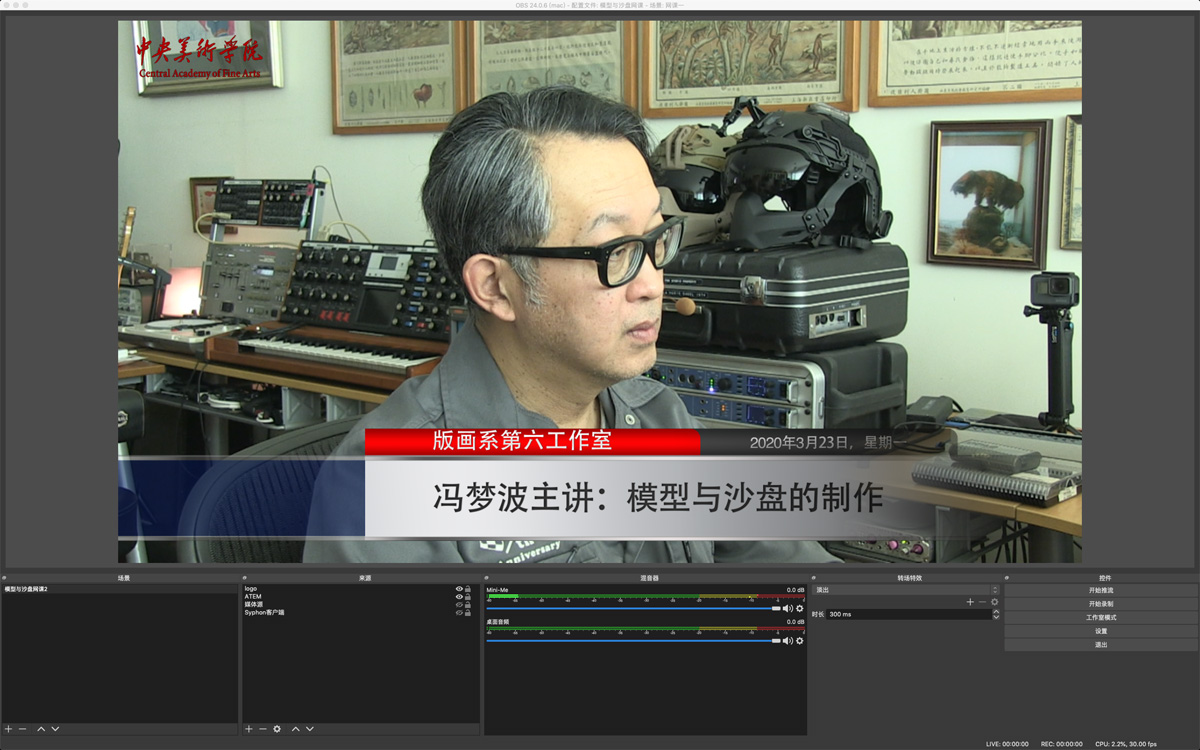"Unlocking Opportunities: Home Loans for High Debt to Income Ratio - Your Guide to Financial Freedom"
#### Home Loans for High Debt to Income RatioIn today's financial landscape, many potential homeowners find themselves grappling with a high debt-to-income……
#### Home Loans for High Debt to Income Ratio
In today's financial landscape, many potential homeowners find themselves grappling with a high debt-to-income (DTI) ratio. This situation can make securing a mortgage seem daunting. However, understanding the options available for **home loans for high debt to income ratio** can open doors to homeownership that may have seemed closed.
#### Understanding Debt-to-Income Ratio
The debt-to-income ratio is a critical metric that lenders use to assess a borrower's ability to manage monthly payments and repay debts. It is calculated by dividing your total monthly debt payments by your gross monthly income. A higher DTI indicates that a larger portion of your income is going toward debt repayment, which can pose a risk for lenders. Generally, a DTI ratio above 43% is considered high, making it challenging to qualify for traditional home loans.
#### Options for Home Loans with High DTI
Fortunately, there are several home loan options available for individuals with a high DTI ratio. Here are some of the most viable alternatives:

1. **FHA Loans**: The Federal Housing Administration (FHA) offers loans that are more forgiving of high DTI ratios. Borrowers can qualify with a DTI as high as 50%, provided they meet other requirements, such as a minimum credit score.
2. **VA Loans**: For veterans and active military personnel, VA loans are an excellent option. These loans do not have a strict DTI limit, making them accessible for those with higher debt levels. Additionally, VA loans typically require no down payment, further easing the financial burden.
3. **Subprime Loans**: Some lenders offer subprime loans specifically designed for borrowers with poor credit or high DTI ratios. While these loans can come with higher interest rates, they provide an opportunity for those who might otherwise be unable to secure financing.
4. **Non-QM Loans**: Non-Qualified Mortgages (Non-QM) are loans that do not meet the standard requirements set by the Consumer Financial Protection Bureau (CFPB). These loans can be tailored to individual circumstances, allowing for higher DTI ratios and alternative income verification methods.
5. **Larger Down Payments**: If you can afford to make a larger down payment, some lenders may be willing to overlook a high DTI ratio. A substantial down payment reduces the lender's risk and can improve your chances of approval.

#### Improving Your DTI Ratio
While exploring home loan options, it's also wise to consider strategies to improve your DTI ratio. Here are some tips:
- **Pay Down Existing Debt**: Focus on paying off high-interest debts, such as credit cards, to lower your monthly obligations.
- **Increase Your Income**: Consider taking on a part-time job or freelance work to boost your income, which can help reduce your DTI ratio.
- **Avoid New Debt**: Refrain from taking on new loans or credit cards while you are in the process of securing a mortgage.

#### Conclusion
Navigating the world of **home loans for high debt to income ratio** can be challenging, but it is not insurmountable. By understanding your options and taking proactive steps to improve your financial situation, you can achieve your dream of homeownership. Whether you opt for FHA loans, VA loans, or other alternatives, there are paths available for those willing to explore them. Remember, the key is to research thoroughly and consult with mortgage professionals who can guide you through the process and help you find the best loan for your circumstances. Your journey to financial freedom and homeownership begins with informed decisions and strategic planning.